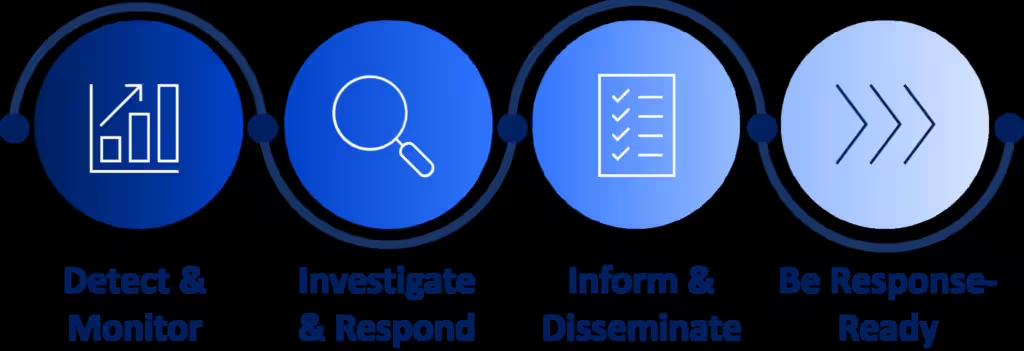Written by: Crystal Maertens
An EHR aligned with Public Health Data Strategy. An EHR designed for local health departments should support data capture and reporting to align with the Public Health Data Strategy.
In 2023, the Centers for Disease Control and Prevention (CDC) developed The Public Health Data Strategy (PHDS) which outlines goals and milestones to modernize public health data. The PHDS is intended to, “address challenges in data exchange between healthcare organizations and public health authorities and between state, tribal, local, territorial and federal public health authorities.”3
According to the CDC3, since the initiative launched in 2023:
- 90% of CDC labs now have the capability to electronically send data to external partners
- 78% of US emergency departments have provided data to the CDC through the National Syndromic Surveillance Program within 24 hours
- 380 critical access hospitals have begun using electronic case reporting which has enabled faster identification of disease trends in rural communities
- The CDC created the Respiratory Virus Data Channel on their website which shows real-time data for COVID-19, flu, and RSV
Public health data modernization has been discussed and championed among public health organizations for several years, but the COVID-19 pandemic particularly highlighted the urgent need for this modernization initiative.
Public Health Data Modernization Is Critical
The Association of State and Territorial Health Officials (ASTHO) has said, “Public health data and surveillance systems are core components of our nation’s public health infrastructure. The COVID-19 pandemic has emphasized how critical these data systems are for the public as well as the need to transform and upgrade them to better meet current and future demands.”2
And, in a letter to chairpersons and ranking members of the Committee on Appropriations Subcommittee on Labor, Health and Human Services, Education, and Related Agencies, the American Public Health Association, among many other organizations, urged support for a bill that would provide funding to modernize and sustain public health data infrastructure, saying, “Public health data is not only needed during an emergency response; it is necessary for people and communities to thrive by rapidly identifying, tracking, and responding to daily public health threats of all types—acute, chronic, and emerging. Public Health Data Modernization plays a critical role to ensure public health receives data from the health care system that is essential to the disease detection and outbreak response efforts that keep communities safe.”1
Champ Software’s EHR Fulfills The 4 Goals Of The Public Health Data Strategy (PHDS)
The CDC’s PHDS has four goals for public health data.4 Champ Software’s EHR, Nightingale Notes, can empower local public health departments, community health services, tribal health, and other public health workers to meet the data modernization goals.
Nightingale Notes has been a powerful solution for public health leaders who want powerful data and tools to use that data to effect positive change in their communities.
Goal 1: Strengthen the core of public health data
The CDC describes this goal as ensuring public health has complete data, can exchange it quickly, and that the data helps public health as they respond to public health threats.4
Champ Software’s Nightingale Notes EHR allows public health professionals to report on any and all data entered into the EHR. You can collect data at the individual, family, and community level. Data is entered using the Omaha System standardized terminology which means the data is collected in a standard way.
A health concern or health threat (for example, high blood pressure or alcohol abuse) is entered and scored according to the knowledge, behavior, and status of the person(s) experiencing the problem. As public health interventions with that individual, family, or community continue, during each intervention the knowledge, behavior, and status are scored again. This allows health professionals to see the change in a problem over time and understand how public health interventions are affecting the problem as well as which interventions are most effective.
The standardized documentation then allows reporting on health trends at all levels. For example, you could examine the need level for safe housing among a population of children suffering from lead poisoning. You could examine the effectiveness of a smoking cessation campaign in your community. Or, you could examine the prevalence of flu in your community currently, over time, or compare year to year. You could see how many flu shots were administered at a recent clinic. This empowers public health leaders to make informed decisions, see health threats in real-time, and respond in meaningful ways.
The standardized data collection also means this data is meaningful, provable, and shareable.
Goal 2: Accelerate access to analytic and automated solutions to support public health investigations and advance health equity
The CDC describes this goal as giving public health the tools to address health disparities and improve health equity.4
In September of 2020, the 10 Essential Public Health Services were revised as a framework centering health equity.5 Every essential service public health performs should have health equity at its core. The Public Health Accreditation Board (PHAB) website displays a graphic describing the 10 Essential Public Health Services and says, “To achieve optimal health for all, the Essential Public Health Services actively promote policies, systems, and services that enable good health and seek to remove obstacles and systemic and structural barriers, such as poverty, racism, gender discrimination, and other forms of oppression, that have resulted in health inequities.”5
In order to address health disparities, public health professionals need to understand where those disparities exist in their communities. To evaluate the effectiveness of services aimed at reducing disparities and improving equity, public health professionals need to be able to measure changes in their populations over time, to prove the outcomes of health interventions, and to have the data that empowers them to make decisions and create strategic plans for improving health equity in their community.
This necessitates a documentation system that is based on standardized terminology, such as Nightingale Notes EHR. The standardized documentation and powerful reporting allows public health professionals to see and document needs in their community, identify health disparities, understand what obstacles and barriers are preventing community members from accessing resources or maintaining good health, and address those things in a strategic way. Nightingale Notes EHR allows public health professionals to monitor change and evaluate their effectiveness in improving health equity.
Goal 3: Visualize and share insights to inform public health action
The CDC describes this goal as public health being able to inform the public and other decision-makers about the state of public health.4
Nightingale Notes EHR offers powerful reporting that allows public health professionals to pull a report on any piece of data that’s been entered into the EHR system. Nightingale Notes offers a host of canned reports as well as customizable reports. Reports are editable, can be run for specific filters or timeframes, and can be run on demand.
Nightingale Notes users have run reports on any number of data that they’ve collected, including outcomes, grant requirements, inventory, documentation, etc.
The reports can then be delivered in several formats, including an Excel spreadsheet. That data can then be visualized in charts, graphs, heat maps, and other easy-to-read formats.
Nightingale Notes users have been able to present their visual data to stakeholders, decision-makers, community members, health department staff, and others. Because Nightingale Notes allows documentation at the individual, family, or community level, reports and visual data can represent a host of information that public health professionals need to communicate to their communities, decision-makers, or stakeholders.
Goal 4: Advance more open and interoperable data
The CDC describes this goal as public health being able to access and use the data whenever it is needed.4
With Nightingale Noted EHR, your data isn’t stored on local machines but is stored in the cloud. This means your data is accessible anywhere you have a secure internet connection. This means that home visiting nurses can access client records and input client data in real-time during the visit with the client. Vaccine clinics can log vaccines given and track inventory, even when operating out of a different building than the public health office. During inclement weather or other natural disasters, public health professionals can access critical data right when they need it. This has enabled Nightingale Notes users to send urgent messages to their clients or respond more effectively to health emergencies.
Champ Software’s EHR Empowers You To Contribute To The Health Ecosystem
Public health doesn’t exist in a vacuum. We know that the neighborhoods in which people live, the places where they work, the transportation they use, the education they have access to, the healthcare they are able to receive, their financial means, and many other social determinants of health impact people’s health.7
Public health departments can collect a lot of data on individuals and their community but ultimately, some of the data impacting people’s health will be housed outside of the public health system. This is where the health ecosystem comes in.
In a 2023 article discussing how public health systems can support community resiliency, the Public Health Institute said, “To build stronger public health, we need intentional collaboration between everyone—local and state health departments, federal public health agencies, hospitals and our health care systems, funders including philanthropy, the community-based organizations that know their communities best and the intermediary nonprofits that can help connect it all together. We all have a role to play in applying lessons learned from the shortfalls of an inequitable system, and in collectively moving public health forward.”6
In order to “connect it all together” as the Public Health Institute said above, data needs to be able to be exchanged in a meaningful, standardized way. The PHDS are aimed at that goal. The CDC says, “The PHDS builds an integrated ecosystem producing and using public health data to improve our communities and keep people safe.”4
Ask yourself if you have an EHR aligned with Public Health Data Strategy? Is your EHR is designed for local health departments and supports data capture and reporting to align with the Public Health Data Strategy. Champ Software’s Nightingale Notes EHR collects every piece of data you enter in a meaningful, standardized way that can then be shared with the community, decision makers, community stakeholders, etc. This positions you to be ready for the future of public health data exchange and to better address your community’s health in a meaningful and powerful way.
Conclusion
For the public health leader focused on meeting the PHDS, Champ Software’s Nightingale Notes EHR is the solution that will help you achieve your goal. Nightingale Notes EHR will help you meet each of the four goals of the PHDS.
In addition, Nightingale Notes is an answer to a critical data modernization obstacle the CDC has noted, “Older technologies at many health departments that are not flexible, do not use cloud and are not scalable.”4 Not only is Nightingale Notes EHR flexible and customizable while continuing to collect standardized data, your data is stored in the cloud, and the EHR is designed to be scalable. Nightingale Notes is successfully used by health departments, community health organizations, and tribal health departments of all sizes of staff and a wide diversity of population sizes who are providing a large variety of different services nationwide.
As the CDC has said, “Data modernization is not a ‘one and done.’ It is an ongoing, comprehensive and long-term effort involving CDC and STLT public health departments, other federal agencies and healthcare partners.”4 Champ Software’s Nightingale Notes is also not a “one and done.” Since its inception, Nightingale Notes has persistently developed and evolved to meet the ongoing needs of public health data and it will continue to do so.
Prepare your health department for the future of data by contacting us today to learn more about what Nightingale Notes can do for you.
References:
- American Public Health Association, et al. (2024, April 30). Letter to Committee on Appropriations Subcommittee on Labor, Health and Human Services, Education, and Related Agencies. Retrieved September 26, 2024, from https://www.apha.org/-/media/Files/PDF/advocacy/letters/2024/240430_FY25_CDC_data.pdf
- Association of State and Territorial Health Officials. (n.d.). Data Modernization and Informatics. ASTHO. Retrieved September 26, 2024, from https://www.astho.org/topic/data-modernization-informatics/
- Centers for Disease Control and Prevention. (2024). CDC Data Modernization Efforts Accelerate Nation’s Ability to Detect and Rapidly Respond to Health Threats. CDC Newsroom. https://www.cdc.gov/media/releases/2024/p0411-CDC-data-modernization.html#:~:text=First%20launched%20in%202023%2C%20the,and%20federal%20public%20health%20authorities.
- Centers for Disease Control and Prevention. (2024, September 17). Public Health Ecosystem, Data Goals, Sources, Modernization | The PHDS. CDC. Retrieved September 27, 2024, from https://www.cdc.gov/public-health-data-strategy/php/about/public-health-ecosystem-data-goals-sources-and-modernization.html?CDC_AA_refVal=https%3A%2F%2Fwww.cdc.gov%2Fophdst%2Fpublic-health-data-strategy%2Fecosystem-goals-sources-modernization.html
- Public Health Accreditation Board. (2023, September 25). The 10 Essential Public Health Services. PHABoard. Retrieved September 27, 2024, from https://phaboard.org/center-for-innovation/public-health-frameworks/the-10-essential-public-health-services/#
- Public Health Institute (PHI). (2023, December 5). We Are All Public Health: How Public Health Systems Can Support Community Resiliency. Public Health Institute. Retrieved September 29, 2024, from https://www.phi.org/thought-leadership/we-are-all-public-health-how-public-health-systems-can-support-community-resiliency/
- US Department of Health and Human Services Office of Disease Prevention and Health Promotion (OASH). (2024, 08 05). Social Determinants of Health – Healthy People 2030 | health.gov. Healthy People 2030. Retrieved September 29, 2024, from https://health.gov/healthypeople/priority-areas/social-determinants-health


